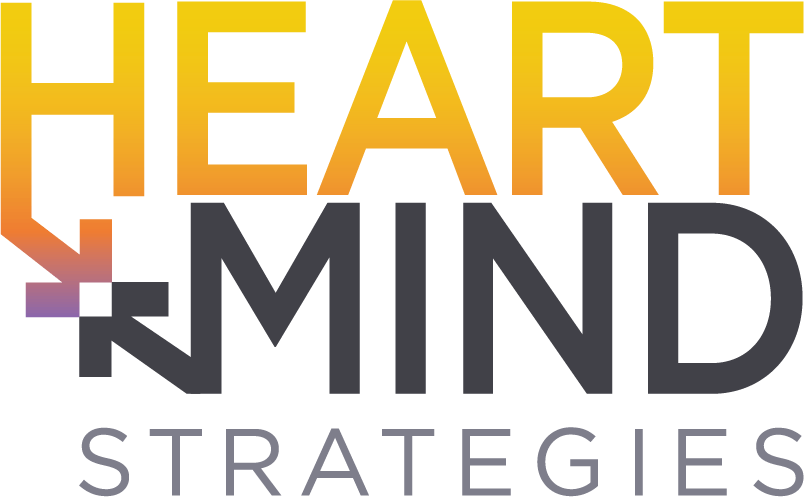Economic downturns and market uncertainty can impact both B2B and B2C businesses in various ways. To adapt and thrive, leaders from both sectors must develop strategies that address the unique challenges they face. In this post, we will explore key recommendations for marketing, branding, and positioning strategy that cater to both B2B and B2C businesses.
- Stay true to your values and engage employees.
B2B and B2C: Demonstrate your company’s values and maintain empathy during tough decisions, such as downsizing. Keep employees engaged and motivated by fostering a sense of purpose and alignment with the company’s mission.
- Balance long-term vision with short-term adaptation.
B2B and B2C: Stay focused on your overall plan while adapting to current conditions. Being overly focused on the short-term can result in losing sight of the big picture.
- Understand and adapt to shifting customer behaviors.
B2B: Focus on helping your clients navigate their own challenges by offering tailored solutions and flexible payment terms. Emphasize the value your products or services bring to their businesses, such as cost savings, improved efficiency, or increased productivity.
B2C: Monitor and adapt to changing consumer preferences and needs, such as a focus on value, quality, and convenience. Offer flexible pricing options or special promotions to attract and retain customers.
- Strengthen your brand’s emotional connection.
B2B: Build trust with your clients by demonstrating your expertise, reliability, and commitment to helping them succeed. Offer case studies, testimonials, or whitepapers that showcase your ability to provide effective solutions to their problems.
B2C: Strengthen your brand’s emotional connection with customers by emphasizing your core values, mission, and commitment to quality. This will help build trust and loyalty, even in uncertain times.
- Manage misinformation and misperception.
B2B and B2C: Address consumer crises of confidence brought on by social messaging and poor communication from regulators. Perception, even if misinformed, is reality. Be proactive in clarifying misconceptions and ensuring accurate information is disseminated.
- Apply the 80/20 rule.
B2B and B2C: Focus on your base and core segments who deliver the most ROI, rather than chasing after customers who may churn and be too costly to persuade.
- Build and deepen trust.
B2B and B2C: Cultivate relationships as the key to unlocking trust. In today’s fast-paced environment, trust can be lost in a single Tweet or miscommunication. Prioritize maintaining and deepening trust with your customers.
- Monitor and act on customer opinions and behavior.
B2B and B2C: Stay informed about how human attitudes, behaviors, emotions, and values are changing in response to trends and forces. Leverage human-to-human insights to develop an outside-in strategy and activate trusted, authentic tactics.
- Invest in digital marketing and online presence.
B2B and B2C: Prioritize digital marketing and invest in a strong online presence to reach and engage with customers. Focus on search engine optimization (SEO), social media, and content marketing to build brand awareness and drive sales. For B2B businesses, also consider investing in webinars, virtual events, and LinkedIn marketing to reach decision-makers.
- Collaborate with key stakeholders.
B2B: Maintain strong relationships with your clients, suppliers, and partners. Offer support and work together to find solutions to challenges, such as supply chain disruptions or reduced budgets.
B2C: Engage with key stakeholders, including customers, employees, and investors, through regular updates, open dialogue, and collaborative problem-solving.
To learn more about how Heart+Mind can help you navigate uncertain economic times with your business strategy, visit our website.
